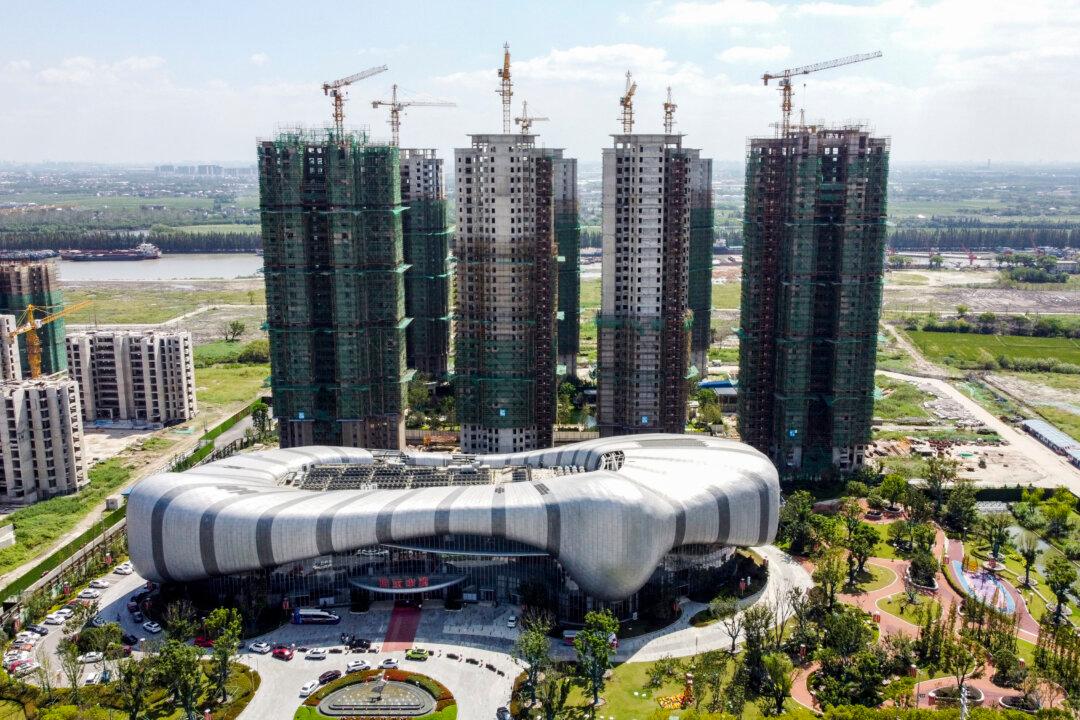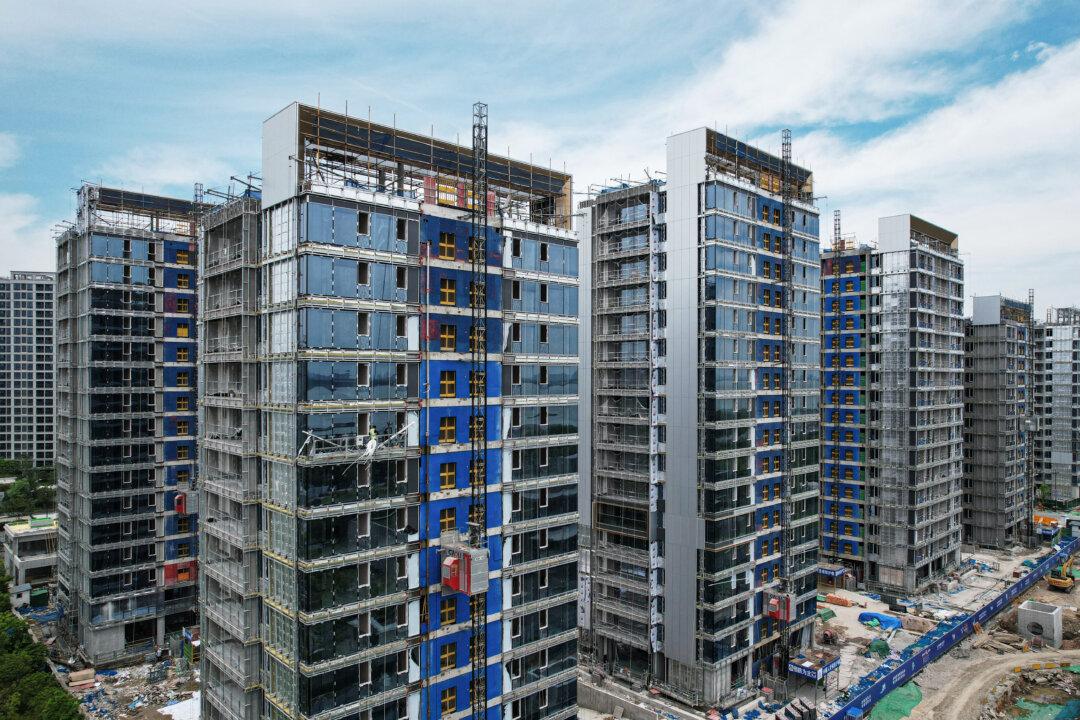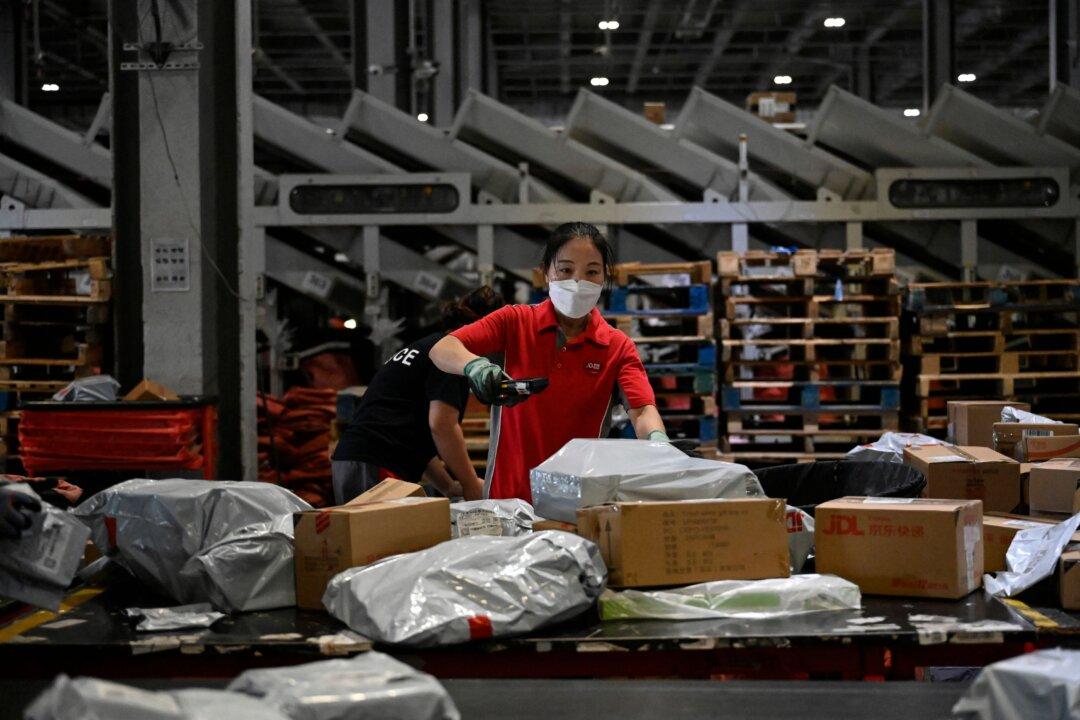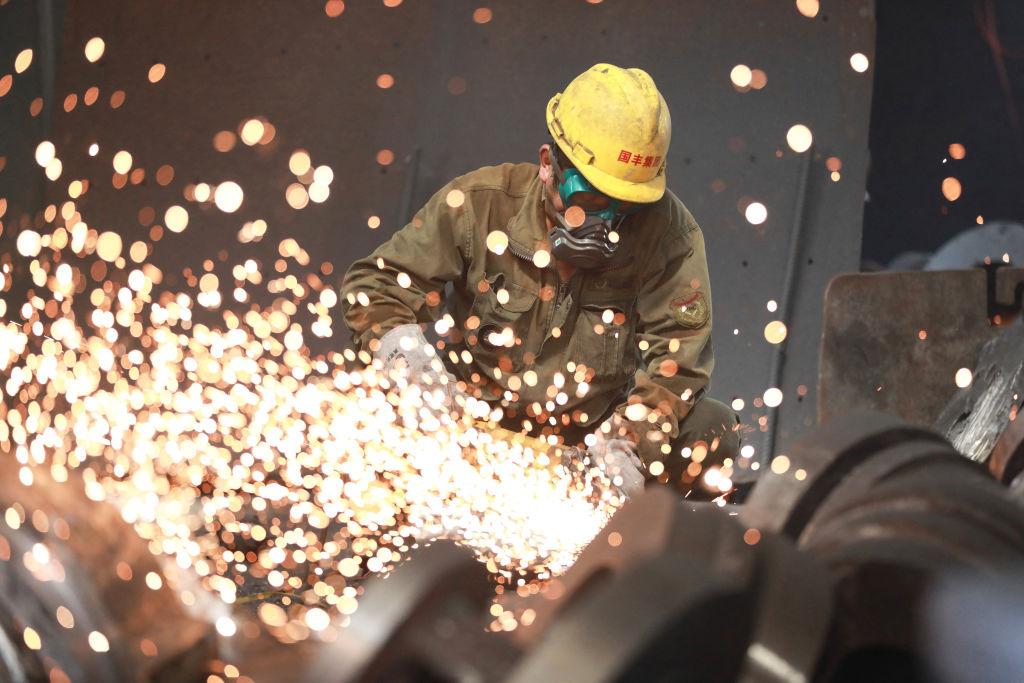Weaker-than-expected consumer price increases in May and the 20th consecutive month of declining manufacturing prices heightened concerns on June 12 about China’s ability to overcome persistently low domestic demand and investor pessimism.
The consumer price index (CPI) rose by 0.3 percent in May from the previous year, mirroring April’s increase, according to data from the National Bureau of Statistics released on June 12. This fell short of the 0.4 percent increase expected in a Reuters poll.





